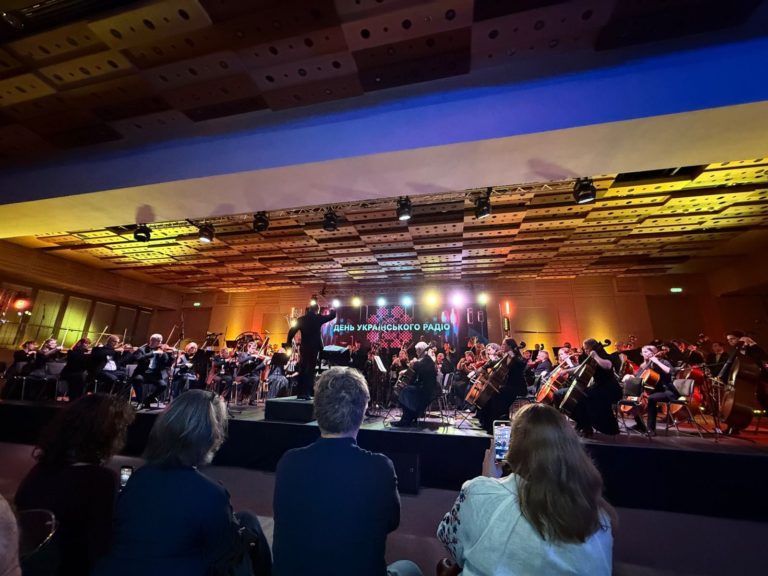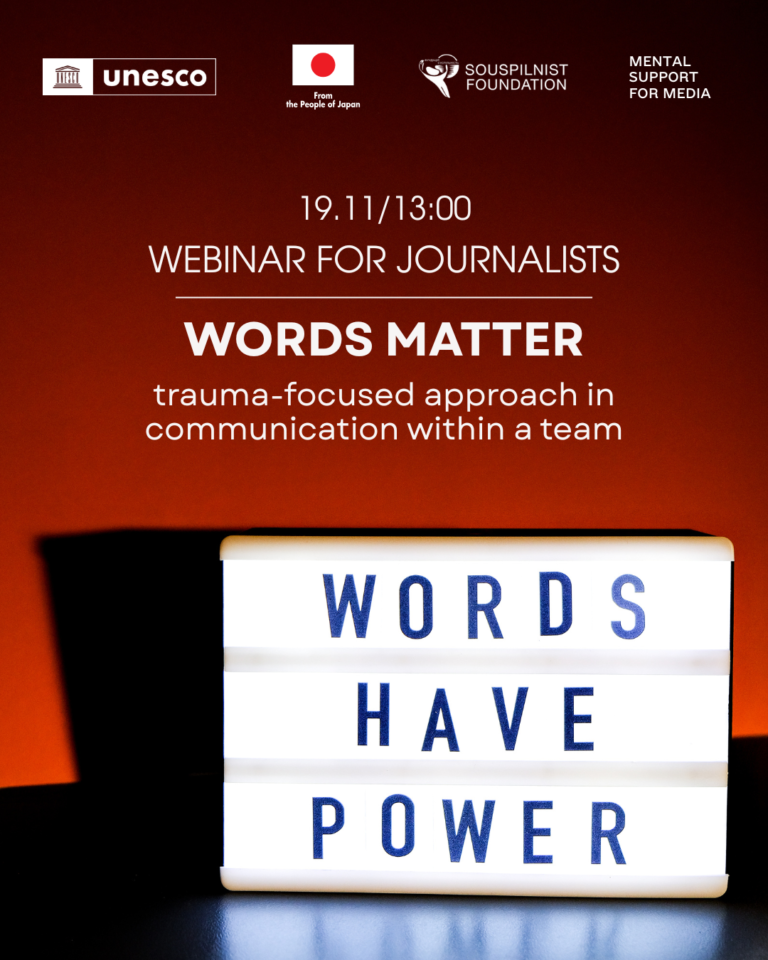The year 2017 was a landmark for Ukraine in two respects: in January, the establishment of the National Public Broadcasting Company of Ukraine (Suspilne), and in September, the entry into force of the Association Agreement between Ukraine and the European Union. Media reform—and with it the creation of Suspilne—has been a central issue within negotiation Chapters 10 (“Digital Transformation and Media”) and 23 (“Justice and Fundamental Rights”). This is tied both to Europe’s foundational principles of freedom of expression and to the legislative framework adopted during Suspilne’s existence: the updated Audiovisual Media Services Directive (2018), the Digital Services Act (DSA) and Digital Markets Act (DMA) regulating internet intermediaries (2022), and most recently, the landmark European Media Freedom Act (EMFA), which fully entered into force on August 8, 2025.
The European Media Freedom Act devotes a separate safeguard—Article 5, “Safeguards for the independent functioning of public service media providers”—specifically to the protection of public service media. Thus, the EMFA requires guarantees of the editorial and operational independence of public service media, including provisions on the appointment and dismissal of board members. Particular emphasis is placed on ensuring that funding procedures guarantee sufficient, stable, and predictable financial resources, enabling public service media providers to meet their public service obligations and to pursue development within that mandate. These resources must be sufficientto secure the editorial independence of public service media.
Since its establishment in 2017, the state has, for a combination of subjective and objective reasons, failed to meet even the minimum statutory obligation: to finance Suspilne at a level of no less than 0.2% of Ukraine’s state budget expenditures from the previous year. The situation was especially critical in the early years of the company’s formation, when funding reached no more than 60% of the legal minimum, and again in the first years of the full-scale invasion, when the broadcaster received only one-third of the funds guaranteed by law—pushing it to the brink of survival. Despite these financial hardships, Suspilne managed to carry out its initial reorganization and establish the production of socially significant content. In 2025, it adopted a Concept of Inclusivity, aimed at fostering deeper engagement—both personal and content-based—with national minorities, indigenous peoples, veterans and their families, and other vulnerable social groups.
Suspilne’s news content is shared with European public service media through an exchange program: its reports are broadcast on 219 channels by 85 broadcasters worldwide. Content produced by Suspilne and carried by other broadcasters has reached an audience of 74 million viewers. Suspilne continues to produce high-quality programming on historical and cultural topics, conduct investigative reporting, and develop entertainment and educational content for children and teenagers, distributing it across the most popular platforms—YouTube, Spotify, and TikTok. The Suspilne team understands how vital it is to engage young audiences in the Ukrainian language and sociocultural space, especially those living abroad—bringing children back is critical to preserving the nation, rebuilding the country, and securing sustainable development.
Over the past year, Suspilne has also taken an active role in cultural diplomacy: a series of documentary screenings abroad have helped debunk Russian falsehoods about culture, language, literature, cinema, sport, and the so-called “one people” narrative.
These successes were made possible not only through the support of partners, but also because the state responded to the appeals of civil society and its partners by ensuring balanced funding for 2025.
With increased state funding, the company was able to invest in its staff by raising salaries at its regional branches. Until then, pay for creative professionals and other personnel lagged 50% to 80% behind market levels, devaluing the professionalism of people who—despite the risks of war—remained on the ground in the capital, in local communities, and in the frontline areas to deliver accurate, verified news. This pay gap also left the company uncompetitive in the media sector.
However, in 2025 the private media market also began raising salaries. As a result, by 2026 Suspilne may once again face the threat of losing qualified staff. In addition, its regional branches—especially in frontline regions—are constantly subjected to enemy attacks that destroy or damage infrastructure. The company is forced to deal withthe consequences—yet another line of expenditure that Suspilne covers from its own funds, without drawing on state financial support.
We recognize that the Ministry of Finance of Ukraine and the Verkhovna Rada of Ukraine are under tremendous pressure in preparing the draft state budget for the coming year, since in wartime the number one priority is funding the country’s defense. At the same time, the sphere of information security, the protection of identity, and the promotion of Ukraine’s own narratives is one of the essential components, alongside kinetic, economic, and diplomatic resistance to the aggressor state. According to our calculations, Suspilne’s annual budget for 2025 equals what Russia spends on propaganda and disinformation in just two weeks. Yet even under such conditions, Suspilne continues to produce content that counters the enemy’s disinformation machine. For this reason, ensuring proper funding for Suspilne is of vital importance.
Therefore, we appeal to the authorities to preserve adequate financial support for Suspilne. Recognizing the challenges of wartime, we believe such support should be calculated according to the formula of 0.2% of budget expenditures, excluding defense spending (that is, 0.09% of Ukraine’s 2025 state budget), amounting to more than UAH 3 billion instead of more than the UAH 6 billion guaranteed by law. This sum would enable the company to operate on a stable footing and to produce quality content for diverse audiences—including with the involvement of market players. Such collaboration, in turn, would help sustain the creative industries and ensure that Suspilne fulfills its tasks in countering Russian information aggression, as well as its other functions provided for by law.
Signatories:
Center for Democracy and Rule of Law
Souspilnist Foundation
Digital Security Lab Ukraine
Regional Press Development Institute
Ukrainian Media and Communication Institute
Institute of Mass Information
Platform for Human Rights
Detector Media
Pylyp Orlyk Institute for Democracy
Internews Ukraine
Initiative “How Not to Become a Vegetable”
Civic Initiative “Holka”


